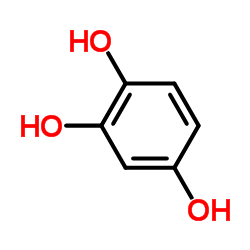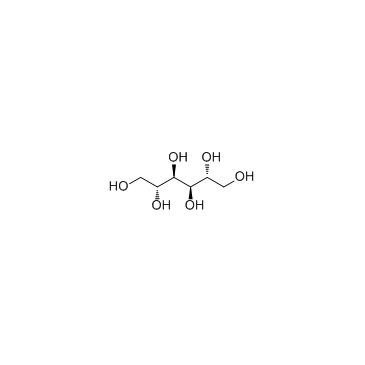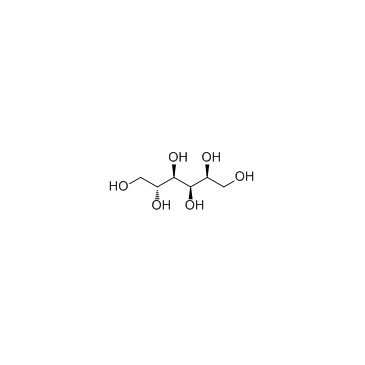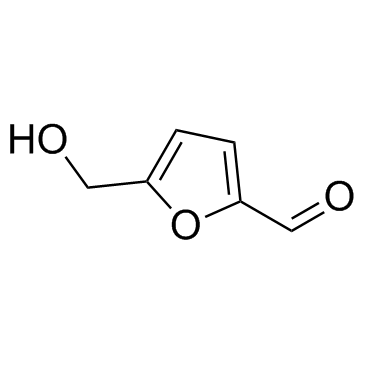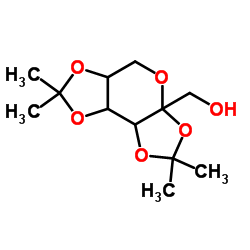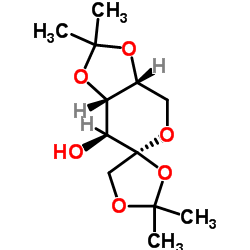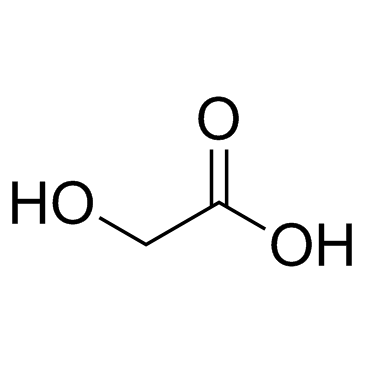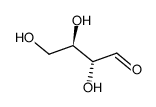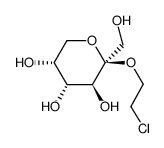7660-25-5
| Name | β-D-fructopyranose |
|---|---|
| Synonyms |
(2R,3S,4S,5R)-2,5-bis(hydroxymethyl)oxolane-2,3,4-triol
D(-)-Fructose D-Fructose β-d-Fructose beta-D-fructopyranose D-(-)-Fructose Levulose Fructose [JAN] UNII:02T79V874P Fructose, D- (3S,4R,5R)-1,3,4,5,6-Pentahydroxy-2-hexanon (3S,4R,5R)-1,3,4,5,6-Pentahydroxyhexan-2-one Levugen Fruit sugar beta-D-fructofuranose D-(-)-levulose Fructose (JP15/USP) b-D-Fructose DSSTox_CID_3081 fructose powder arabino-2-Hexulose 1,3,4,5,6-pentahydroxyl-2-hexanone D-Levulose (3S,4R,5R)-1,3,4,5,6-Pentahydroxy-2-hexanone Frutabs δ-Fructose Fructooligosaccharides Fructose β-δ-fructose keto-D-fructose D-fructofuranose β-Fruit sugar (2R,3S,4R,5R)-2-(hydroxymethyl)oxane-2,3,4,5-tetrol D-arabino-Hexulose Furucton β-D-arabino-Hexulose β-Levulose keto D-fructose Laevosan Laevoral Fructose, furanose form Fructosteril (D)-fructose |
| Description | Fructose is a simple ketonic monosaccharide found in many plants, where it is often bonded to glucose to form the disaccharide sucrose. |
|---|---|
| Related Catalog | |
| In Vitro | Fructose, at low concentrations do not cause any significant increase of Tissue factor (TF)-mRNA levels. On the contrary, higher Fructose concentrations cause increase in TF mRNA levels at 60 min, as compare to unstimulated cells. Increasing Fructose concentrations causes significant decrease of tPA-mRNA levels. SOD significantly prevents Fructose induced NF-κB activation which is associated with the parallel reduction of Fructose-induced TF expression/activity[1]. |
| In Vivo | In mice fed 0% Fructose, portal (0.060±0.006 mM, overall mean for all time points) and systemic (0.030±0.003 mM) Fructose concentrations do not vary with time after feeding. In contrast, portal concentrations in wild-type mice consuming 20% Fructose increase by more than twofold from time (t)=0 to t=1 h after feeding (~0.13 mM). Likewise, systemic serum Fructose goes from 0.037 at t=0 to 0.13 mM 1 h after feeding. Fasted (t=0) serum Fructose in the 20% group is similar to postprandial concentrations in the 0% mice for both portal and systemic levels, suggesting that the baseline Fructose concentration during fasting is not affected by diet. Serum Fructose concentrations in KHK-/- mice are 5- to 100-fold greater than those in wild-type mice for the same diet, time, and sample location. Mean (for all time points) portal and systemic glucose concentrations in mice fed 20% Fructose are ~3 (P=0.004) and ~2 (P=0.04) mM greater, respectively, than those in mice fed 0%. Systemic Fructose concentrations are approximately threefold greater in KHK-/- mice fed Fructose compare with those fed glucose, but are similar between glucose- and Fructose-fed wild-type mice[2]. |
| Cell Assay | HUVECs are incubated with Fructose (0.25, 1 and 2.5 mM) for 30 min. Then, cells are washed with PBS and then fresh medium is added. Total mRNA is extracted by cell cultures using TRIzol reagent, at baseline and 60 min after Fructose stimulation and Tissue factor (TF) mRNA levels are examined by realtime reverse transcription (RT) and polymerase chain reaction (PCR). In positive control experiments, HUVECs are incubated with LPS (50 μg/mL), for 30 min and then mRNA is extracted at 60 min[1]. |
| Animal Admin | 50 young adult (7-wk-old) male C57BL6 wild-type mice (~18 g) are divided into 10 cages and acclimatized to a reversed light cycle. Mice are fed a nonpurified commercial diet ad libitum for the first 4 days. On the 5th day and then throughout the experiment, diets are removed at 2001 (lights on) and returned at 0801 (lights off). For days 8 to 14, diets are switched to pellets containing either 0% Fructose, 10% sucrose, 20% glucose (termed as "0% Fructose") or 20% Fructose, 10% sucrose, or 0% glucose (20% Fructose). On the 15th day, mice are killed at 0800 before feeding and 0900, 1030, 1200, and 1530 during the dark phase, with n=5 for each time point and diet[2]. |
| References |
| Density | 1.6±0.1 g/cm3 |
|---|---|
| Boiling Point | 551.7±50.0 °C at 760 mmHg |
| Melting Point | 100 - 110ºC |
| Molecular Formula | C6H12O6 |
| Molecular Weight | 180.156 |
| Flash Point | 301.5±26.6 °C |
| Exact Mass | 180.063385 |
| PSA | 110.38000 |
| LogP | -1.63 |
| Vapour Pressure | 0.0±3.4 mmHg at 25°C |
| Index of Refraction | 1.574 |
CHEMICAL IDENTIFICATION
HEALTH HAZARD DATAACUTE TOXICITY DATA
|
| HS Code | 1702600000 |
|---|
| Precursor 6 | |
|---|---|
| DownStream 10 | |
| HS Code | 1702600000 |
|---|









